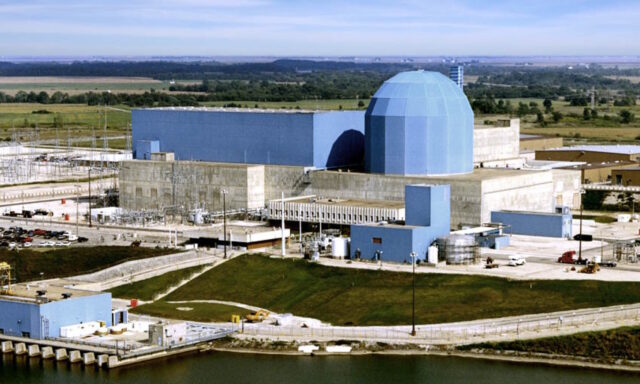Meta is going nuclear with AI

While it is undeniable that artificial intelligence is changing the shape of so many industries, it cannot be ignored that this comes at a cost. As well as resulting in lost jobs, AI is also incredibly energy hungry.
Just as there were concerns about the energy and environmental impact of Bitcoin mining, the transformations brought about by AI require astonishing amounts of power. Looking to try to solve this problem, Meta is turning to nuclear power as it aims to match its electricity usage with “100% clean and renewable energy “.
See also:
- Google Wallet is dropping PayPal support next week, so take action now
- Quick Machine Recovery is Microsoft’s latest tool for fixing Windows 11 boot problems
- Adobe launches Photoshop for Android… and it’s free!
As part of its vision of the future, the social media giant has signed a 20-year corporate nuclear energy agreement with Constellation Energy for the Clinton Clean Energy Center. The company says that nuclear energy from the project will be used to support its operations in Illinois.
Meta talks about producing “1,121 megawatts of emissions-free nuclear energy”, saying:
At Meta, we’re building AI technologies that are transforming the global economy and the way people connect. Our data centers enable these innovations, housing the infrastructure that brings these technologies to life – and we prioritize operating our data centers efficiently, matching our electricity with 100% clean and renewable energy and exploring emergent energy technologies. As we look toward our future energy needs in advancing AI, we recognize the immense value of nuclear power in providing reliable, firm electricity, and the role nuclear projects can have in supporting local economies and strengthening America’s energy leadership.
The deal starts in 2027, and Meta intends to add 30 megawatts of incremental capacity to the grid during this period. But this is not the end of the story.
The company is already investigating additional nuclear projects, seeking sites across the US as it aims “to activate investment in new nuclear across multiple grids and technologies, seeding new reliable firm power to support future data centers”.